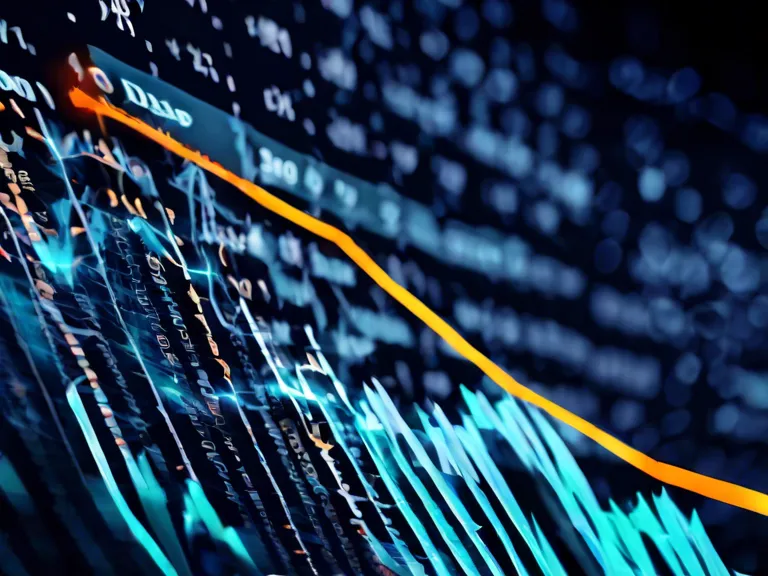
Data Science in Financial Forecasting: Predicting Market Trends
In today's fast-paced and ever-changing financial world, the ability to predict market trends accurately can give companies a competitive edge and help investors make informed decisions. Data science has revolutionized the way we approach financial forecasting, allowing us to analyze vast amounts of data and uncover hidden patterns that traditional methods may miss.
One of the key areas where data science has made a significant impact is in predicting market trends. By leveraging machine learning algorithms and statistical models, data scientists are able to sift through market data, analyze historical trends, and identify factors that may influence future market movements.
One of the most common uses of data science in financial forecasting is in stock price prediction. By analyzing historical stock prices, trading volumes, and a variety of other factors, data scientists can develop models that predict future price movements with a high degree of accuracy. This information can be invaluable to investors looking to make informed decisions about buying, selling, or holding onto stocks.
Another area where data science is making a difference is in predicting market trends based on economic indicators. By analyzing factors such as GDP growth, interest rates, inflation rates, and employment data, data scientists can develop models that provide insight into the overall health of the economy and predict how these factors may impact the markets.
Overall, data science has proven to be a powerful tool in financial forecasting, helping companies and investors make more informed decisions and navigate the complex world of finance with greater confidence. As technology continues to advance and more data becomes available, the role of data science in financial forecasting is only expected to grow.


